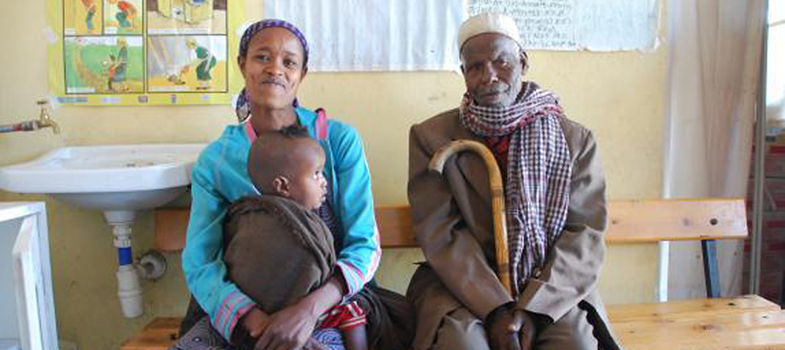13.2.1 Assess for throat problems
When you assess for throat problems you should follow these steps:
ASK:
- Does the child have fever?
- Does the child have sore throat?
FEEL:
- For enlarged tender lymph nodes on the front of the neck.
LOOK:
- For red (congested) throat.
- For exudate (white or yellow patches) on the throat and tonsils.
The pharynx is the space behind the nose and the mouth. In a typical case of pharyngitis (sore throat) the pharynx is distinctly red and inflamed and the tonsils are enlarged and covered with yellow pus. There are complications of pharyngitis, including parapharyngeal abscess (this is when pus accumulates behind the structures of the pharynx) and disease of the heart and kidneys.
The key points above are summarised in Table 13.4, which is reproduced from the section in the Assess and Classify chart booklet that tells you how to assess a child for sore throat.
ASK: | LOOK AND FEEL: |
|---|---|
∙ Does the child have fever? (by history or feels hot or temperature 37.5°C or more) | ∙ Feel for enlarged tender lymph nodes on the front of the neck. |
∙ Does the child have a sore throat ? | ∙ Look for red (congested) throat. |
∙ Look for white or yellow exudates on the throat and tonsils. |
13.2 Throat problems
